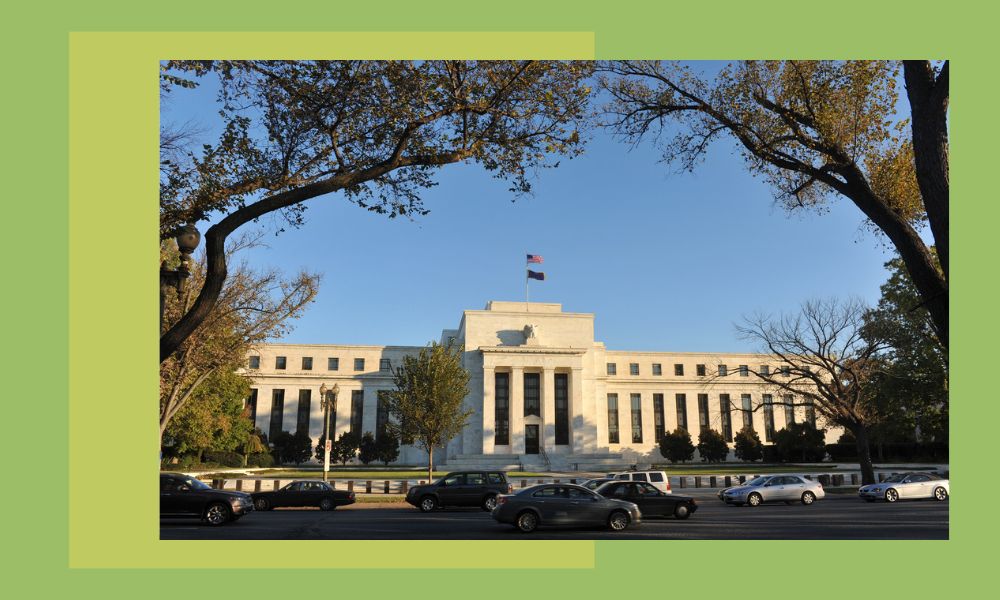The U.S. economy and the S&P 500 face the prospect of a difficult landing, unless the Federal Reserve takes this action.
The most significant reason for optimism that a recession caused by the Federal Reserve can be avoided next year was just eliminated by a recent revision. The Federal Reserve has set its inflation objective at 2%, but upward adjustments to hourly pay in September and October, as well as an even larger surge in November, have pushed wage growth well above the range that is consistent with that target.
A growing number of people are coming to the conclusion that the Federal Reserve needs to boost its inflation target, at least in practice, if the United States economy is to have any chance of avoiding a harsh landing and a larger decline for the S&P 500. The Federal Reserve may be inclined to do so, but before stopping its rate hikes, it would still need to witness some additional slowdown in the economy.
Joe Brusuelas, chief economist at RSM, told IBD that the 2% inflation target "is a lot more elastic than the Fed is letting on" because "I don't think there's any constituency out there for the bloodletting that would be necessary" to get there.
According to Brusuelas's estimations, the Federal Reserve would have to let unemployment to rise to 6.7% in order to get inflation back up to 2%. However, reaching the goal of an inflation rate of 3% might be accomplished with a much more modest increase in unemployment to 4.6%, which would still require the loss of 1.7 million jobs.
"If the Fed is hellbent on getting to 2% inflation, then that might require more rate hikes and a higher terminal rate than is already being baked into the cake," said Joe Quinlan, head of market strategy for Merrill & Bank of America Private Bank. "If the Fed is hellbent on getting to 2% inflation, then that might require more rate hikes and a higher terminal rate than is already being baked into the cake." "It might be an overdose of monetary tightening," which would result in a severe decline in economic activity and incomes in the United States.
However, Quinlan believes that there is a chance for a more optimistic conclusion. He anticipates a strengthening of market conditions in the event that inflation keeps sliding closer to 3% and Fed policymakers "take their time" rather than attempting to force the issue.
"It wouldn't surprise me in the least if the new target for inflation set by the Fed one or two years from now is somewhere in the range of 3% to 3.5%. That falls squarely within the scope of possibilities, and it is unquestionably acceptable to each and every one of the involved parties."


Comments
Post a Comment